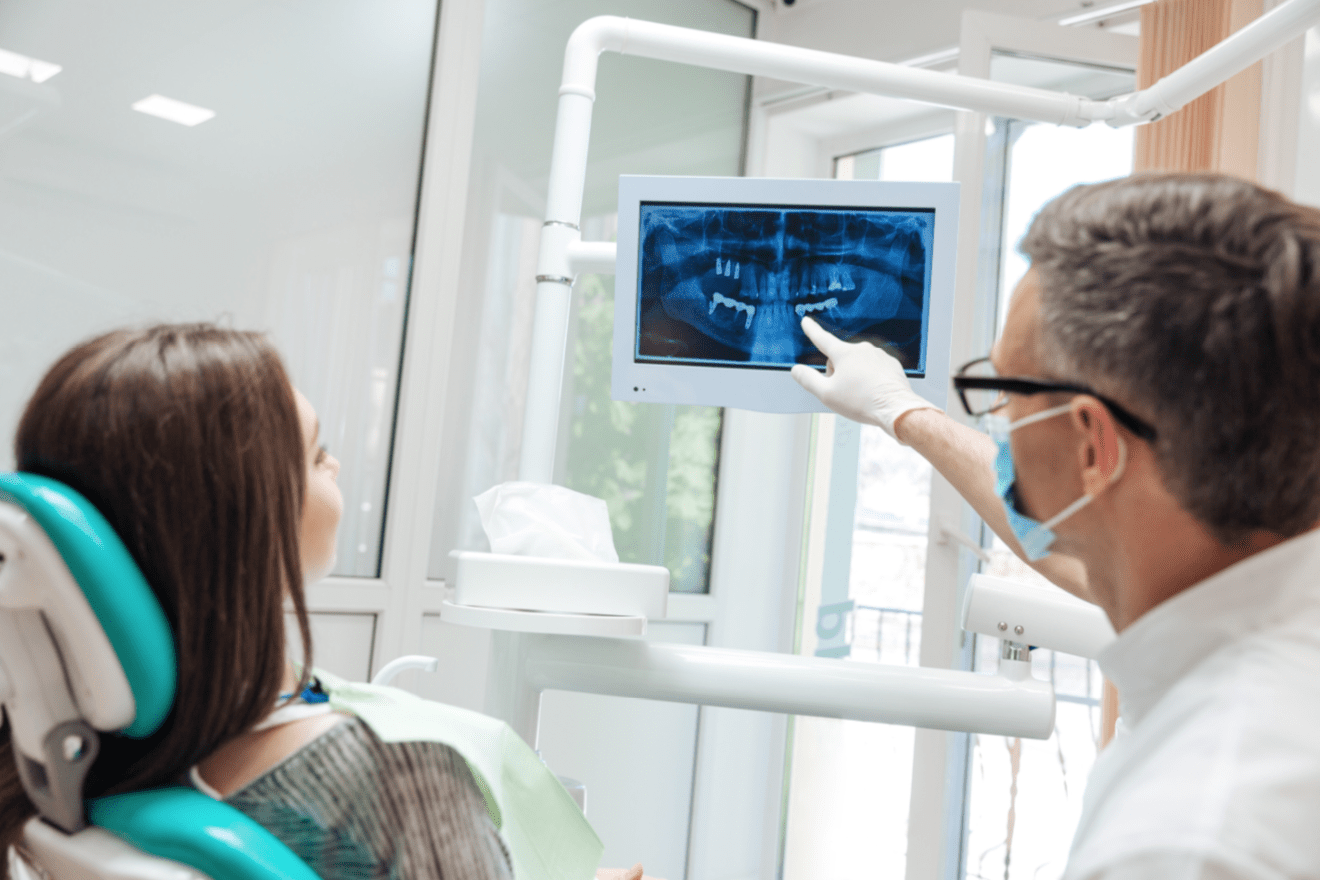Dental implants are an artificial form of teeth with screw-like tooth roots. These implants are placed surgically on the jawbone as a frame to mount replacement for missing teeth. With the eminent and well-heeled Preston Oral Surgery, the implants fastened to provide support to the artificial teeth. The implants are surgically placed in a supportive way that dentures and bridges mounted with the frame do not displace from its original place.
Dental implants are used to support artificial teeth and can be utilized for the replacement of a single tooth, several teeth and if required then all of the teeth. There are two types of implants suggested by dentists – endosteal and subperiosteal implants. For people with well-defined natural jawline are advised to go for endosteal implants, and people without a healthy jawbone are suggested with subperiosteal implants as they are anchored on the gums above the jawline.
Dental Treatment Planning
Contents
With the evolvement of dentistry, new advanced methods of dental treatment planning have been introduced. Dentists depend upon 3d digital imaging with surgical implant planning software for making the implanting procedures more predictable and convenient. However, for patients with improper jaw anatomy, dentists conduct multi-step dental implanting procedures, as discussed below:
1. Mini Dental Implants
Mini dental implants are the most narrow or smallest-sized implants that are used by dentists for improper jawbone structure. They can stabilize the lower dentures and used as a frame for crown placement in people with gum sensitivity. They are implanted into the gums with less painful and invasive techniques. It is primarily done for implanting very few teeth.
2. Immediate-load Dental Implants
Immediate-load dental implants are suitable for patients with enough natural jawbone and an already secured implant that can support the pressure of immediate loading of a temporary new tooth. It can be performed on the same day as the dental implants are placed. For this treatment, there should be enough strength in the jawbone.
3. All-on-4
All-on-4 dental implants are commonly known as full-arch fixed implant bridges. They are the most popular form of dental implants that have been booming in the dentistry industry. The name of full-arch fixed implant bridges came from the alternative replacement of entire top and button teeth or referred to as a full arch replacement.
Best Option for Dental Treatment
The most popular all-on-4 full arch replacement implants are considered to be the best option for dental implantation and during the planning phase of dental treatment, most of the dentist suggests this procedure to several patients. The process is very simple, as four dental implants are placed on the available bone near the mouth. It eliminates the requirement of bone grafting. An exceptional yet remarkable kind of abutment is placed for connecting temporary teeth with the implants on the same day. After a few months, the implants bond with the natural bone and the surrounding tissues get healed. Thereafter, full replacement teeth are grafted and the patient can pursue having normal diet.
Attributes of All-in-4 Dental Implants
The full-arch bridges are grafted with support from four to six dental implants, pertaining to which the name is given as All-in-4 implantation. The implants are made up of acrylic abutment enclosed with a frame made up of titanium, porcelain, monolithic zirconia, cobalt, and chromium. The major advantage of this All-in-4 dental implant is that it eradicates the need of using an implant for every missing tooth. On the contrary, dentists insert four implants as the main anchors for the attachment of dentures.
Types of All-in-4 Implants
There are broadly two types in this category i.e., based on the material of the implants used. The two types are acrylic or composite all-in-4 implants and porcelain all-in-4 implants. The most affordable option is to select implants made up of either acrylics or composite material build around a titanium framework. It is crafted and displayed as artificial-looking dentures. For a more realistic appearance, patients can opt for porcelain all-in-4 dental implants which are costlier than acrylics ones. The implants made up of porcelain require high maintenance and the cost of replacement of broken implants is also very high.
Plan of action for All-in-4 Implantation
The dentist will administer local anesthesia for making the area senseless before the surgery. After this, all the remaining teeth are unfastened and detached. Any infected tissue or skin on the jaws and gums are also confiscated. The titanium screws of implants are inserted into the jawbones. The two anchors are placed towards the front and two towards the back for an even support. After the impacted are places securely, dentist will clean the mouth with an antibacterial mouthwash and the surgery is done.
All-in-4 dental implants are manifested with advanced technology and research. With proper bone health, cleanliness, and maintenance, they are the most useful and permanent dental solution that can last for many years.


